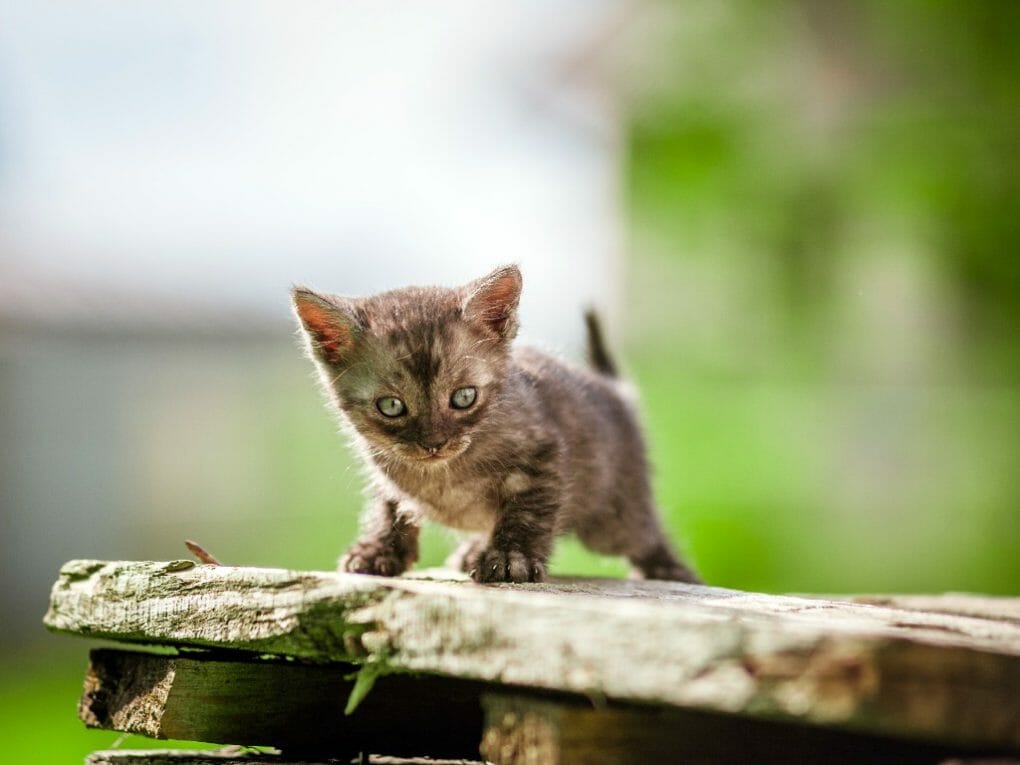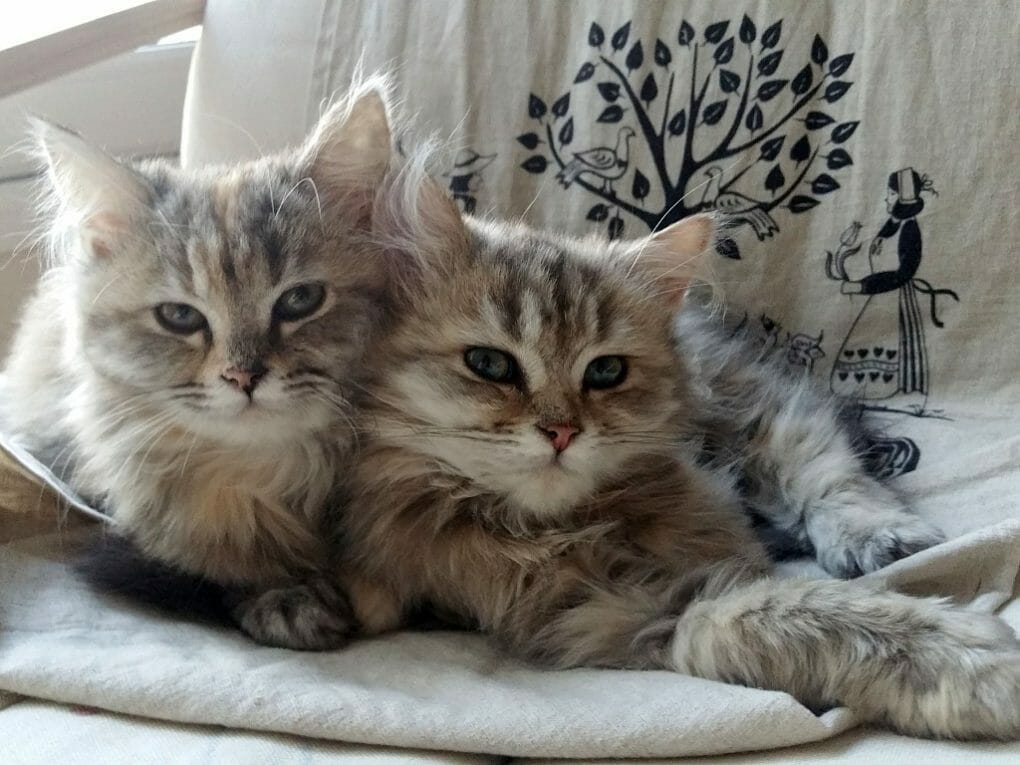Can Persian Cats Fly: Understanding the Dangers of Air Travel With This Breed and Some Tips in Flying Your Cat


No, Persian cats are not great pets for flying on planes. This is because brachycephalic animals, including Persian cats, are more prone to air travel accidents due to their smaller airways and difficulty breathing in high-altitude environments. Flying with your cat can be a lot of fun, but it’s essential to be aware of the potential hazards.
Table of Contents
Brachycephalic Animals and the Potential Hazards of Persian Cats Flying on Planes
As mentioned, Persian cats are a cat breed that is often considered brachycephalic. As a result, they have difficulty breathing in conditions of high altitudes. This is why you should not fly Persian cats on planes – their unique physiology makes them susceptible to several health hazards.
These cats should only travel by air if they are accompanied by a veterinarian and are correctly air-conditioned. If you have a Persian cat planning on traveling by air, it is vital to consider its unique physiology and ensure its safety during the flight.
Trains Are Preferable for Persian Cats
If you’re considering flying with a Persian cat, note that it is risky for them. For Persians, ground travel, such as trains, is much preferable. Ask your veterinarian before making any decisions about traveling with this breed.
Tips for Flying Cats In-Cabin
Flying with cats can be daunting, but with some preparation and good tips, the experience can be smooth sailing.
Be Prepared
Flying with a cat can be fun, but it’s essential to be prepared for any eventuality. Make sure your cat is up to flying by having them vaccinated and de-wormed, and board them in a carrier or kennel specifically designed for cats.
Also, ensure they have plenty of food and water – if they get dehydrated on the flight, you might need to give them some fluids intravenously. And don’t forget to keep an eye on your cat at all times! So keep them entertained during the flight by providing toys and food.
Getting Through Security
When flying with your Persian cat, have the required documents and vaccinations. Additionally, make sure to pack their carriers in a carrying case so they’re easy to transport.
Health Paperwork
Flying with a cat can be a fun experience, but taking some precautions beforehand is essential. Make sure your cat is up-to-date on their vaccinations. Also, ensure you have all the relevant paperwork – including copies of the cat’s vaccination records and the health certificate.
Emotional Support Animals Need Additional Paperwork


When traveling with an emotional support animal, it is crucial to know the additional paperwork that must be completed to fly with them. However, certain breeds of cats are not allowed as emotional support animals for various reasons – including their size and breed.
Pets must also be adequately restrained when traveling so that they don’t cause any obstruction during flight. You can also expect it to take up more time during check-in and boarding than usual.
Be Aware of the Rules Applying to International Travel With Pets
When it comes to traveling with your cat, some important rules apply. For example, cats must be tagged and vaccinated for rabies before they travel internationally. For example, a veterinarian should examine all cats before travel, just in case any vaccines need to be updated.
Finally, if you plan on taking your cat outside of your home country, ensure he is legally allowed in that country – many countries do not allow pets other than dogs or cats! Knowing these rules will help you plan a safe and fun trip with your feline friend.
Pack Properly
Packing for a cat trip can be tricky – they need enough food and water but also have to fit into small spaces.
Make sure to pack plenty of food and water for your cat, as they may be thirsty and hungry during the flight. However, feed your cat only small amounts of food that have been pre-portioned for travel – this way, their tummies will stay calm and won’t get sick from overeating.
Create your cat in a way that allows them to be comfortable but prevents them from jumping out of the crate (this could lead to Injury). Ensure their toys, bedding, and scratching post are also included in the carrier so they can relax during long flights or car rides.
How to Keep Your Cat Calm on the Flight


Traveling can be a stressful experience for cats. That’s why it’s essential to prepare for the big day ahead. Take measures to ensure their safety and tranquility. By packing some treats, playing music, or using a vibration machine, you can help your cat feel at ease.
One of the best ways to do this is to bring a carrier or box for them to sleep in during the flight. This will help them to relax and not be as anxious. If all else fails, consider getting a travel crib that will allow you to sleep comfortably while your cat is confined inside it. Remember to keep a close eye on your cat throughout the flight, and ensure they’re drinking plenty of water and litter to avoid accidents.
As for food, try feeding them small meals and water before boarding the plane. This will help them to be less hungry and more content during takeoff and landing. Additionally, keep them entertained during long flights by providing toys, food, and water bowls. If anything seems off, get them checked out right away!
Monitor your cat’s behavior throughout the flight to ensure everything goes smoothly. If everything goes according to plan, you’ll have an easy and stress-free travel experience for you and your cat!
